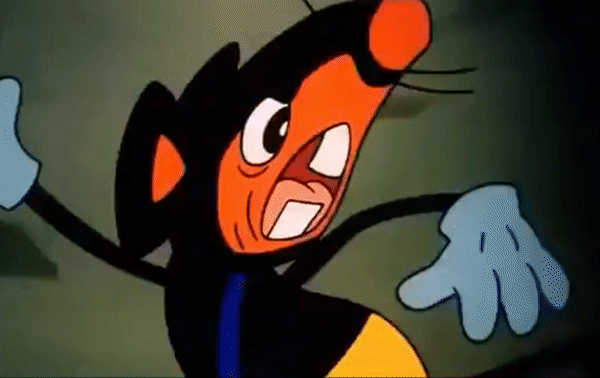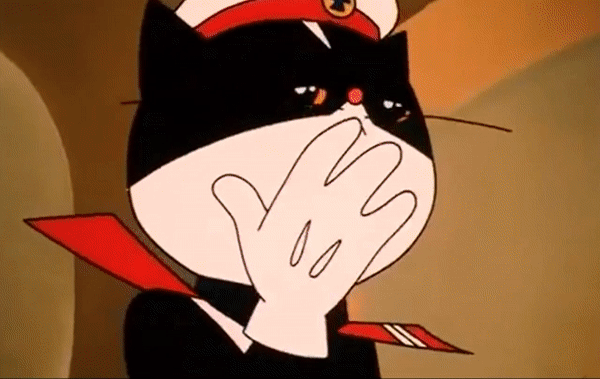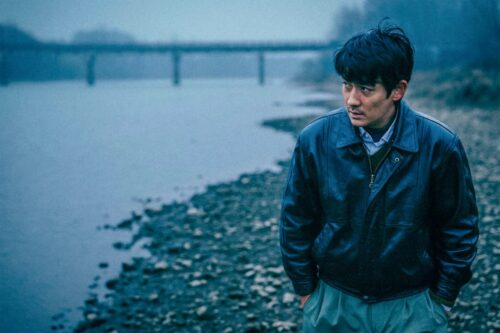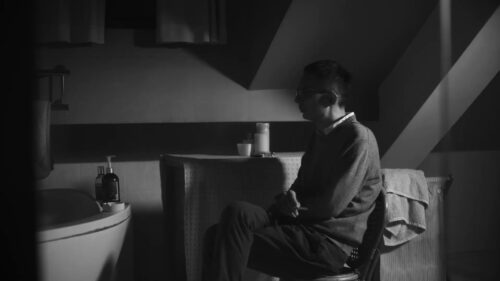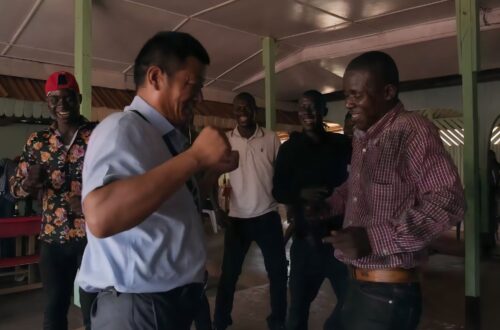The life and work of Dai Tielang, director of ‘Black Cat Detective’
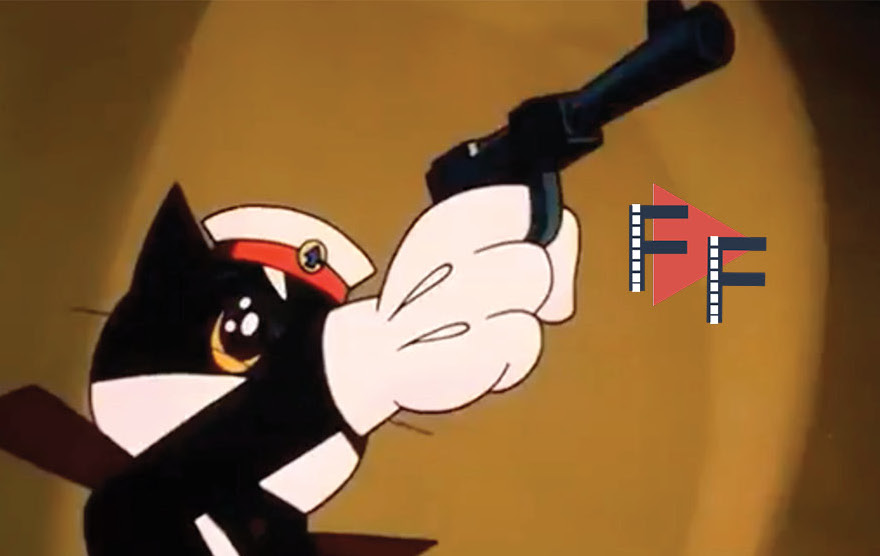
A cat detective. A mouse with one ear. Zany gadgets and surprising violence. Welcome to the mind of animator Dai Tielang, who recently passed away at the age of 89.

2019 has been a sad year for the childhoods of China’s ’80s generation. First, Calabash Brothers 葫芦兄弟 director Hu Jinqing 胡进庆 died in May, and now another icon from TV animation has passed away. As The China Project reported earlier in the week, Black Cat Detective director Dai Tielang 戴铁郎 died last Wednesday, at the age of 89. While the trigger-happy cat policeman is Dai’s best-known work, the animator had a long and impressive career. Like his contemporary Hu, Dai was associated with the Shanghai Animation Film Studio, and had done animated shorts before moving into television.
Dai, who spent much of his professional life in Shanghai, was born in Singapore in 1930. His father Dai Yinglang 戴英浪 was a noted painter and Communist activist, and due to his political activities, moved his family back to China when Dai was 10. After studying animation at the Beijing Film Academy during the 1950s, Dai began to work with the Shanghai Animation Film Studio. In the early days of his career, Dai was a designer, contributing to classic shorts like The Proud General 骄傲的将军 (1956) and Where is Mama 小蝌蚪找妈妈 (1960).
His first effort as a director, The Hens Move to a New Home 母鸡搬家 (1979), is a dialogue-free short with a technological-theme. It follows a trio of old-fashioned hens as they move from the countryside to a factory with such modern marvels as an elevator and water sprinkler. Another short, My Friend Little Dolphin 我的朋友小海豚 (1980), features a boy who befriends a baby dolphin that’s lost its mother. It’s a generally sweet piece until the finale, when the boy encounters a large, hungry shark during a scene reminiscent of the most nightmarish segments from Black Cat Detective.
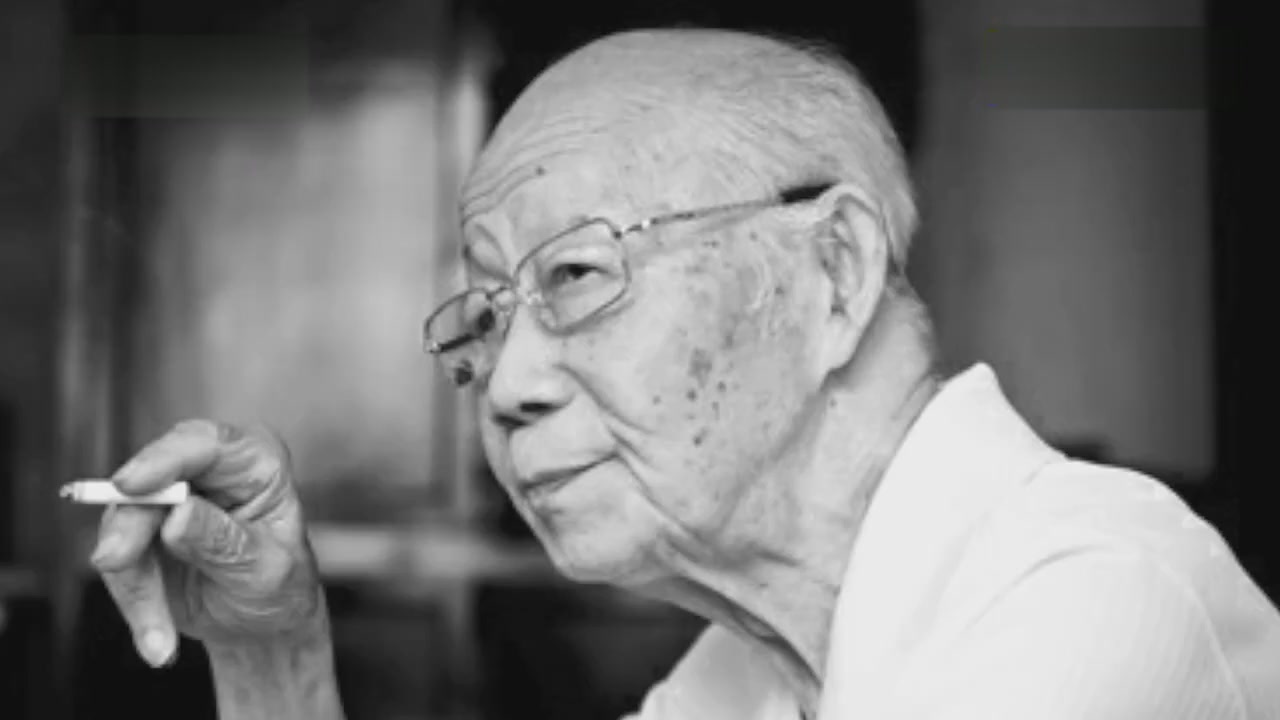
In 1981, Dai and animation pioneer Qian Jiajun 钱家骏 co-directed A Deer of Nine Colors 九色鹿, a highlight of both masters’ careers. Inspired by a Buddhist folktale, Dai and Qian drew on the famous Mogao Cave grottoes for the short’s beautiful art. Dai’s next outing as a director, Little Red Face and Little Blue Face 小红脸和小蓝脸 (1982), was based on a story by Norwegian children’s writer Thorbjørn Egner. Its title refers to a pair of bacteria, one short, fat, and red, and the other thin, long, blue. When a little boy goes to bed without brushing his teeth, the nasty Red Face and Blue Face get to work, jumping into the kid’s mouth and wrecking his teeth. The short has an educational message, and judging by reviews on Douban, it seemed to have succeeded in convincing and terrifying a number of children to brush every night.
Following Little Red Face and Little Blue Face, Dai began developing the project he’s best known for, Black Cat Detective (1984-1987). The character, created by writer Zhu Zhixiang 诸志祥, was originally the star of a comic that came out in 1982. Dai thought the eponymous cat hero would make for a perfect cartoon. He wrote a script and designed the animated version of the character, with other animators also contributing ideas for the show. A veteran at this point, Dai was in his early 50s while the rest of his team largely consisted of younger, inexperienced animators.
The original Black Cat Detective is made up of five episodes, less than 20 minutes apiece. Every episode had a different crime to solve, and at the end, Black Cat Detective would use his motorcycle, gun, and wits to catch the criminals and save the forest where everyone lived. His sci-fi gadgets, like a bullet that could follow the villains, were always helpful. All of these little stories were connected by an overarching plot, involving Black Cat Detective’s rivalry with a one-eared mouse.
Like the best of children’s cartoons, it’s action-packed, creative, and a bit weird. For a kid’s show, it can also be surprisingly violent and gruesome. In the first episode, for example, the detective shoots his mouse enemy’s ear off. Blood squirts out the villain’s head, and he clutches the bloody ear in his hand.
During the second episode, an eagle swallows a kid monkey alive, while the final episode shows a good guy getting gassed and hanged by a gang of mice. Some adult critics of the time took issue with this violence. Others criticized the series for its lack of educational value. At first, production came to a half after only two episodes, and a total of five episodes were ultimately produced before Shanghai Animation Film Studio asked Dai to retire. (In a 2012 interview, Dai said that the studio thought he was too old.)
https://www.youtube.com/watch?v=C4QGEgOZHks
https://www.youtube.com/watch?v=SWeiheIRAow
Despite its limited run, Black Cat Detective was a massive hit with children. The show’s catchy theme song became legendary, and its toys and merchandise flooded the marketplace. A sequel series aired in 1992, but had no involvement from Dai or Shanghai Animation Film Studio. After his retirement, Dai had several more credits to his name, including the shorts Forests, Birds, and Me 森林、小鸟和我 (1990) and Police Dog Rescue Team 警犬救护队(1993). He also directed the 2010 movie version of Black Cat Detective, which retold the original series with new animation, dialogue, and sound effects.
As a whole, Dai’s work was concerned with technology, science, and nature. Above all, he wanted to make cartoons enjoyable and relatable for children. In an interview that touched on his creative process, the late director remarked in 1990 that children “…want everything. They have broad knowledge. They respond promptly. They are good at imagination. Some adults do not even have the scientific knowledge that children know… So I have to observe with my own eyes and thoughts in creating, but also with the child’s eyes and hearts. Do not take it for granted that what adults favor is exactly what children like.”
Film Friday is The China Project’s film recommendation column. Have a recommendation? Get in touch: editors@thechinaproject.com
